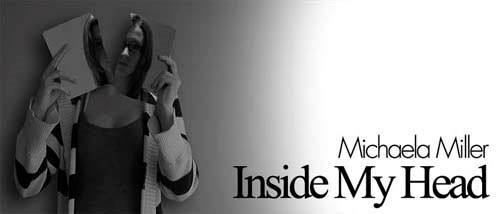Remember when colouring books were for children? Remember when a parent could gain some peace and quiet while their kid constructively coloured a picture of their favourite T.V show character? I remember setting goals to colour my whole colouring book when I was little. I could sit for hours, doing nothing but listen to the soft scratch of my smelly markers against smooth paper, my finished photos littering the living room floor. Fast forward to now? Kids are quiet playing on their parents’ tablets while the parents are busy colouring – er, mindfully meditating.
Colouring books for adults are taking my generation by storm. It was only last December that I saw two or three different colouring books geared toward the older audience. Now it’s May of 2016 and there are aisles dedicated to them! My friends and others my age all agree that it is the perfect way to relax and calm the chatter in the brain. For the most part, they’re right. One of the earliest scientists to delve into the world of colouring was Swiss psychologist, Carl Jung. Jung became famous in mainstream society for his work in the unconscious and theory on introverts/extroverts. His work focused on the analysis of oneself; his experiments often began with himself. What we know from Jung’s journals was that he drew mandalas; a spiritual geometric pattern of East Indian origin. He noted that the circular patterns within the mandalas he drew seemed to correspond with his moods day-to-day. The more rounded the circles, the happier and relaxed he was. He then concluded that mandalas were not only a spiritual symbol once thought to represent the wholeness of the universe, but the wholeness of oneself. A “whole being – actively at work” (1965: Line 195-196).
What unique quality do circles possess that makes them so important to people? A review of research in child development can answer this question. Safe experiments done with infants concluded that they would spend more time looking at curved lines and oval shapes, signifying a preference. Why? Well, it seems obvious. They are searching for the face of their caregiver. In addition, circles are registered by the eye and passed directly to the brain without an intermediate processing step since circles are the same whether upside down or turned to the side. This ease of identification and preference seems to be directly correlated with the autonomic response and ease of drawing circles. This can explain the calmness one experiences while colouring the mandalas in these adult colouring books. We take a step back into our infantry and childhood.
Going back to a simpler time in your mind isn’t necessarily a bad thing; in fact, it’s an important step in becoming self-aware. Once you know yourself you can begin to improve yourself. However, since these colouring books have become so popular, I fear that the masses who give themselves over to this zombifying Zen state will be more likely to do it again. And again. And again. I fear that my generation will be more interested in colouring to re-connect with their childhood rather than take care of their adult responsibilities. I fear that my generation will pass up the torch from our elder generation in order to pick up the colouring pencils they just bought. An entire age group is regressing, and we are too focused on the health benefits of colouring to care about the long term negative effects. We need to strike a balance between improving ourselves and taking care of others. We need to calm down with the craze.
As a girl who used to love colouring, I recommend the simple art to batter the chatter of the mind. However, I only recommend it once in a while. There are other ways to relax; other way to meditate; other ways to deal with stress. Utilize all of them, but depend on none of them. Dependency is the danger sign of addiction. If we become addicted to colouring, well… we’re all in trouble.




